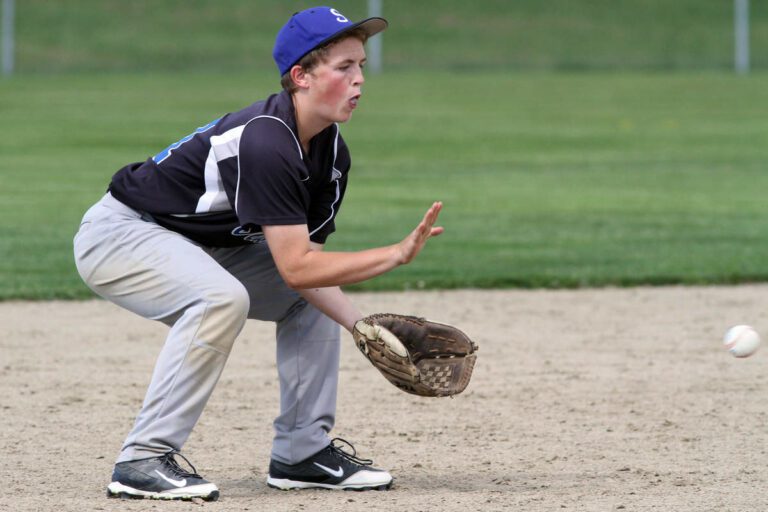*Since I am not a heartless beast, I will introduce this Drill of the Week with a warning: I’m sorry, Mets fans, but this entry might make you physically sick.* For youngsters around the world, baseball has become a cultural phenomenon obsessed with which team can pitch the fastest, hit the furthest, and score the most runs. More and more, the game has seen a shift from fundamental excellence towards slugging as many moonshots as possible. Although this is not what doomed the New York Mets’ Daniel Murphy in Game 4 of this fall’s World Series, but he should be an example for evolving athletes that they must not lose focus. Thanks to Murphy’s unforced error on a routine ground ball, the Royals went ahead in the game, eventually winning the crucial Game 4 before clinching the series the following night. However, had Murphy cleanly fielded the ball and ended the inning, the Mets would’ve likely tied the series at 2 games a piece and changed the entire makeup of the October Classic. Thankfully, Murphy’s heroics through the National League playoffs will likely save him from becoming a scapegoat in Mets’ team history, but with a few simple steps you can make sure a fate like this never befalls you. https://www.youtube.com/watch?v=IzwZsnQIsGY Thusly, this Drill of the Week focuses on Fielding Ground Balls, so buckle up, take these fundamentals to heart, and go win the World Series! (OK, that’s an embellishment, but you get the point..) If you haven’t taken a look at our CoachUp Training Tips video on Fielding Ground Balls, we strongly suggest starting there before reading the rest of this entry. Ultimately, there are three main goals that every fielder, no matter their age or skill level, must mentally work through in a ground ball situation, they are:
- Get in front of the ball
- Get down in an athletic position
- Field the ball while moving towards the target
Additionally, it’s worth noting that on some occasions, much like Murphy’s above, players will have to charge towards the ball depending on how hard it’s hit. This may make the fielding aspect a little trickier, but all three of the bulleted fundamentals still come into play. Remember, you’ll want get in front of the ball, that way, if you miss or it takes a bad hop, you’ll still be in a good position to block the ball with your body. By getting down in an athletic position, you’ll be ensuring yourself the best chance of cleanly fielding it and being able to transfer it quickly into an accurate throw. And, finally, in a similar fashion to crow-hopping before catching a fly ball, you’ll want to move ever so slightly towards your target just as the ball is approaching your glove. This way, you won’t be starting from a static position while trying to throw out a quick runner. As for drills, practice makes perfect! Most of the battle with cleanly fielding ground balls consistently comes from muscle memory. If you’re constantly executing the fundamentals during practice, you’ll be less likely to have a season-changing mental lapse when it matters most. Generally speaking, go through scenarios with your coach or in your head during practice, but don’t just focus on throws to first base either. Be ready for different throws depending on the number of outs, baserunners, and scoring scenarios as well. Before each pitch, analyze what’s around you so if the ball is hit your way, you can make your next move without thinking. We’ll never truly know what was going through Daniel Murphy’s head on that fateful Halloween night, but he doesn’t make himself big in front of the ball with both feet planted, nor does he get in an athletic position. If he were to miss the ball in an athletic position, Murphy would’ve had a great chance to at least block the ball from getting into the outfield thus stopping Royal’s baserunner Ben Zobrist from scoring and tying the game. If you’re hungry for more CoachUp insight for fielding grounders, check out our Training Center article over here! With a little practice each day, you can nail down these fundamentals and become a reliable and consistent infielder — what are you waiting for? (Thanks to Ken Waltz for the photo!)
How useful was this post?
Click on a star to rate it!
Average rating 0 / 5. Vote count: 0
No votes so far! Be the first to rate this post.



